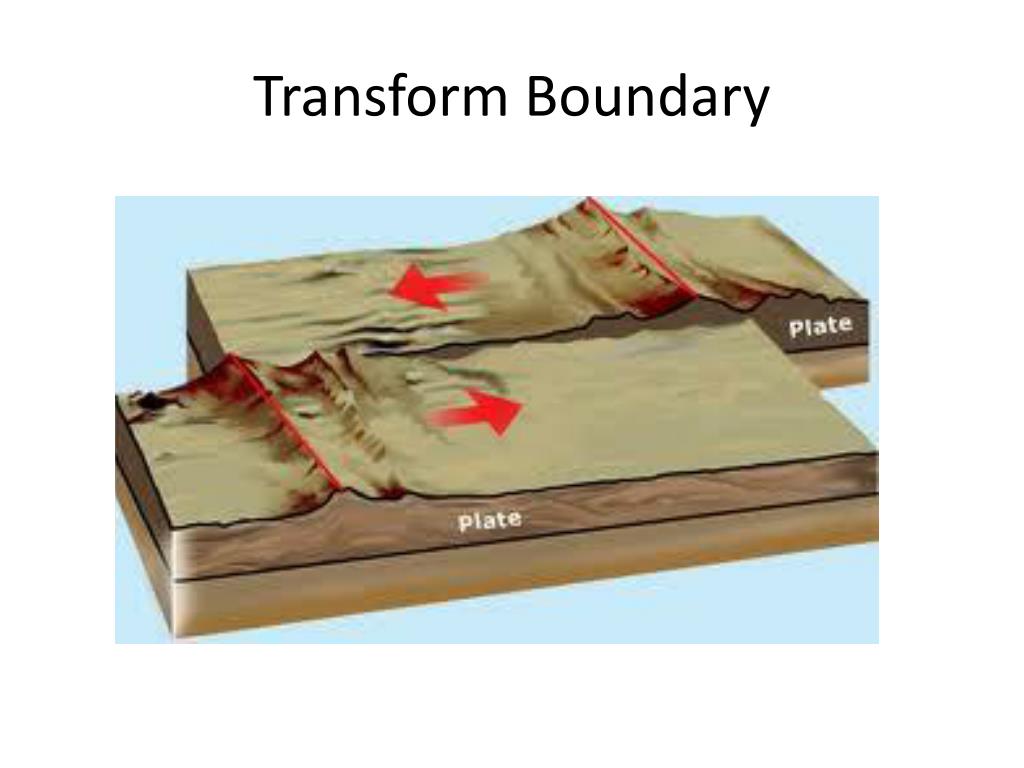
If you do not provide an a-priori dictionary and you do not use an analyzer that. We must transform every element of our take-make-waste system: how we manage resources. Convert a collection of text documents to a matrix of token counts. *”Physical Geology” by Steven Earle used under a CC-BY 4.0 international license. Definition and principles of the circular economy model. west coast (Steven Earle, “Physical Geology”).Īs we will see in the next section, earthquakes are common along transform faults, as the two plates slide past each other. Transform faults are so named because they are linked to other types of plate boundaries. For example, the Queen Charlotte Fault connects the north end of the Juan de Fuca Ridge, starting at the north end of Vancouver Island, to the Aleutian subduction zone.įigure 4.7.1 Transform faults along the U.S. Along the third type of plate boundary, two plates move laterally and pass each other along giant fractures in Earth’s crust. The 1,200-km-long Philippine fault zone (PFZ) is a major tectonic feature that transects the whole Philippine archipelago from northwestern Luzon to. Transform faults do not just connect divergent boundaries. as a key piece of evidence for the theory of plate tectonics. We have previously discussed the discovery of. Plates move because of the slow motion of the hot mantle (magma) that is located under the lithosphere known as convection currents. A divergent boundary may also form beneath the oceanic lithosphere, where mantle convection cells cause the plates to push apart and form a mid-ocean ridge. The part of California west of the San Andreas Fault and all of Baja California are on the Pacific Plate. At a transform plate boundary, plates move pass one another horizontally. Most examples of these occur along divergent boundaries at the bottom of the. An example is the San Andreas Fault, which connects the southern end of the Juan de Fuca Ridge with the northern end of the East Pacific Rise (ridge) in the Gulf of California (Figure 4.7.1). Transform boundaries are plate boundaries where motion is primarily horizontal. The separating plates form rift valleys on the ocean floor where there are weaknesses in the crust.

Most of these tectonic plate boundaries are located on the floor of the oceans. It ends abruptly where it connects to another plate boundary, either another transform, a spreading ridge, or a subduction zone. A divergent boundary is an area where two crustal plates are separating. Some transform faults connect continental parts of plates. A transform fault or transform boundary, sometimes called a strike-slip boundary, is a fault along a plate boundary where the motion is predominantly horizontal. As explained in section 4.5, most transform faults connect segments of mid-ocean ridges and are thus ocean-ocean plate boundaries. Transform boundaries exist where one plate slides past another without production or destruction of crustal material.

Modified from "Physical Geology" by Steven Earle*


 0 kommentar(er)
0 kommentar(er)
